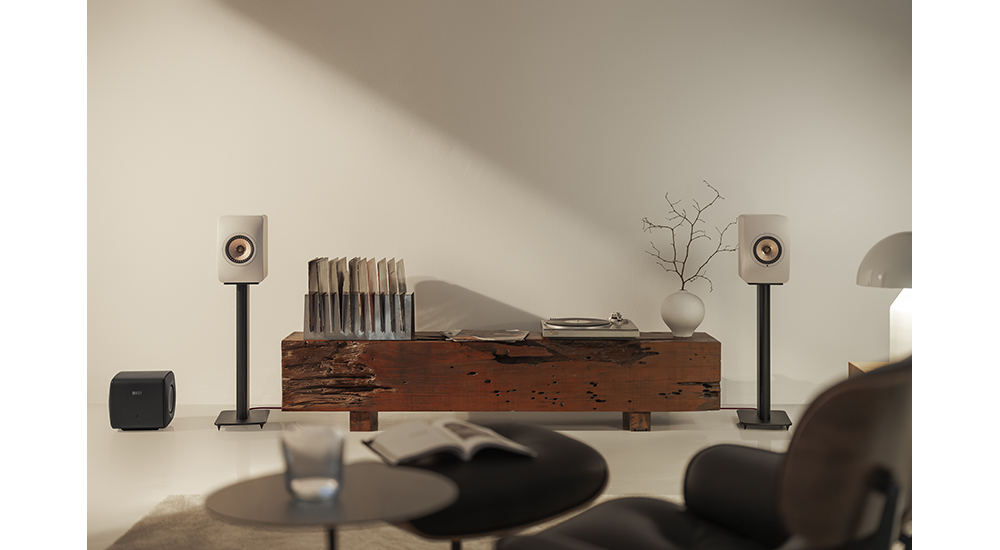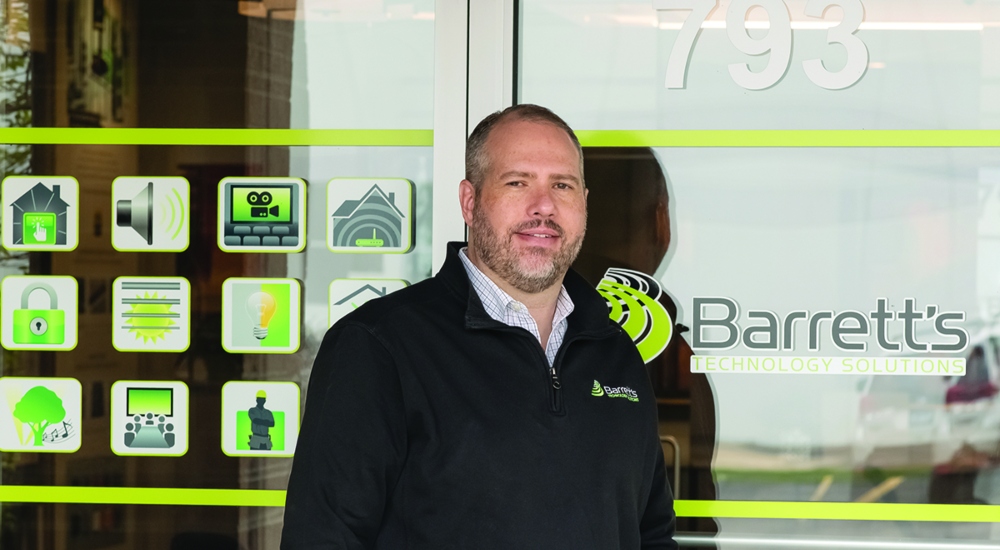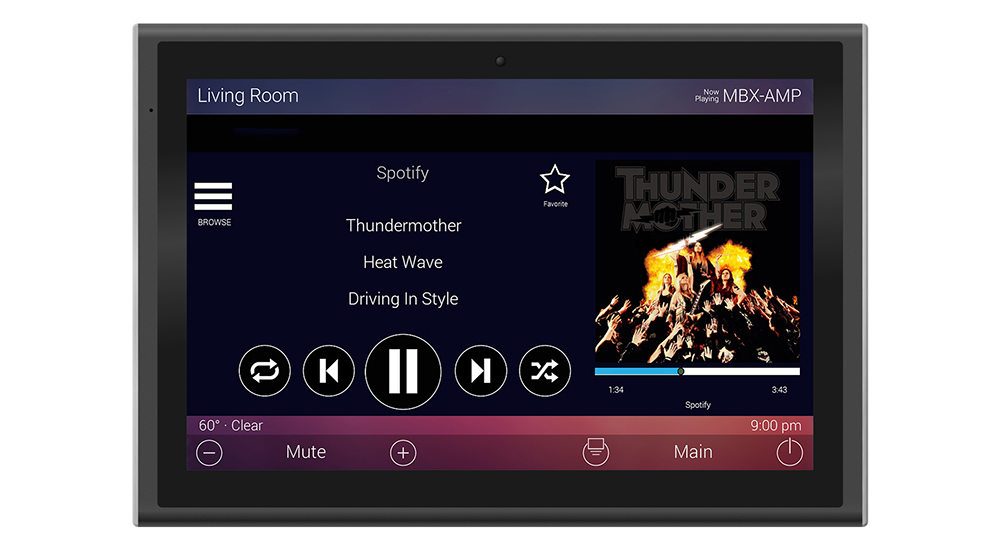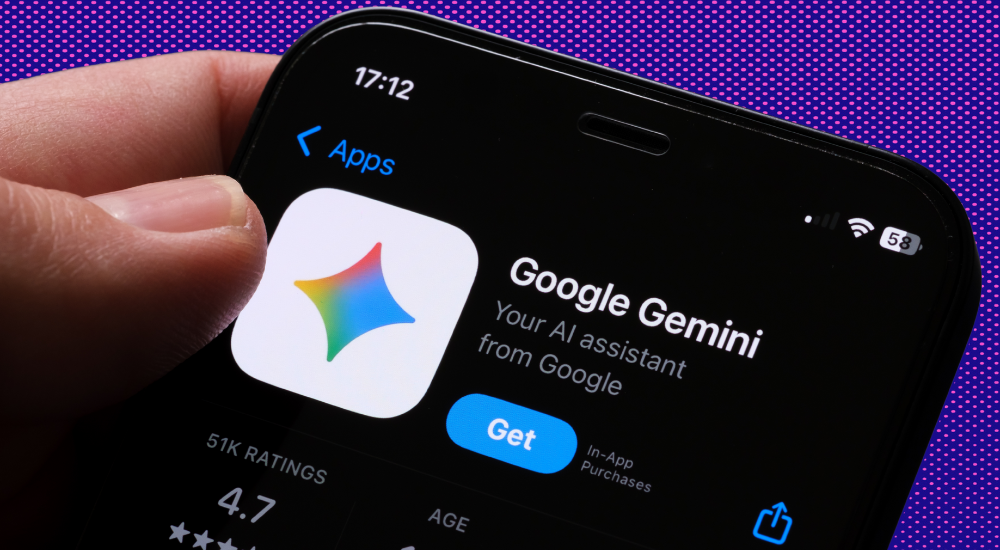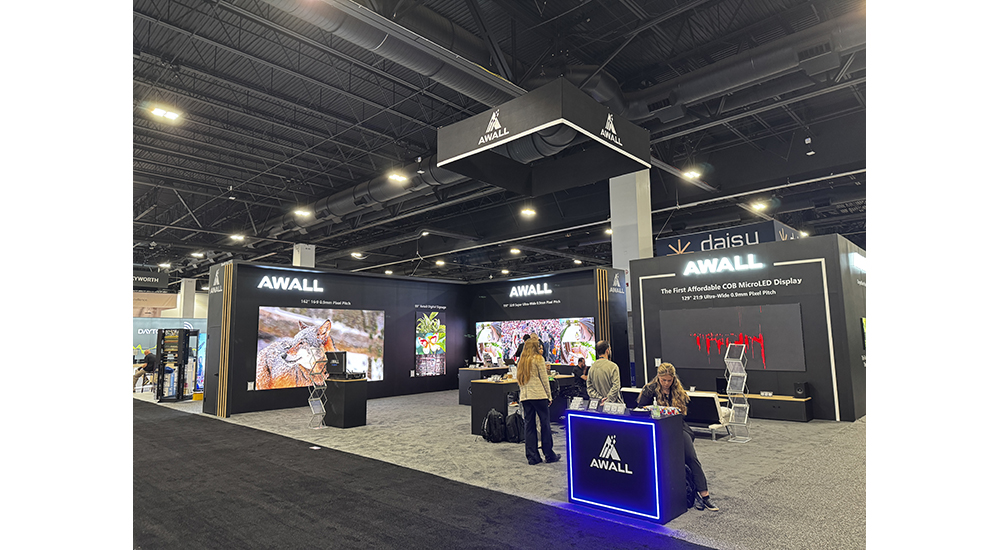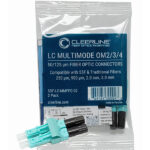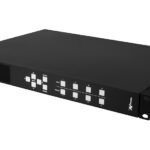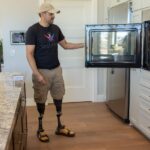The Latest
Filter by Topic
Filter by Type
20 Audio Streaming Devices for Modern Listening Fun
Products from companies that range from Bluesound and Sonos, to Wiim and KEF offer a variety of ways…
News October 8Manuel Pinke Named Managing Director of HIGH END SOCIETY
Manuel Pinke takes over for Stefan Dreischärf who had guided the direction of the event since 2016.
Briefs October 8Integrator Insider: Behind Barrett’s Pivot from Specialty Retailer to Custom Integrator
Brian Perreault describes how his team at Barrett's was able to evolve in order to stay ahead of…
News October 8KEF Muo Portable Bluetooth Speaker
The new $250 portable speaker is offered in silver dusk, amber haze, orange moon, blue aura, moss green,…
Products October 8Smart Home DIY: Nearly a Third of Homeowners Report Turning to Pros after First Attempts
According to Parks Associates research, 29% of consumers ultimately turn to professionals for help, even if they initially…
News October 7Russound Integrates into URC Total Control via Chowmainsoft Module
The collaboration between Chowmainsoft, URC and Russound, enables the N.H.-based audio company's SMZ-Series of controllers and streaming products…
Briefs October 7Gemini for Home is Finally Here. Here’s Why Integrators Should Take Notice
Despite its product strategy largely being consumer-facing, the features and goals of Google’s overhaul reflects a consistent shift…
News October 7Jetbuilt Announces AI-Powered Jetbot Drawings Option
According to the company, its latest system option produces system schematics at the push of a button.
Briefs October 7AWALL is Powerhouse Alliance Latest Vendor Partner
The PowerHouse Alliance, has announced the addition of AWALL, a manufacturer of MicroLED display solutions to its product…
Briefs October 7